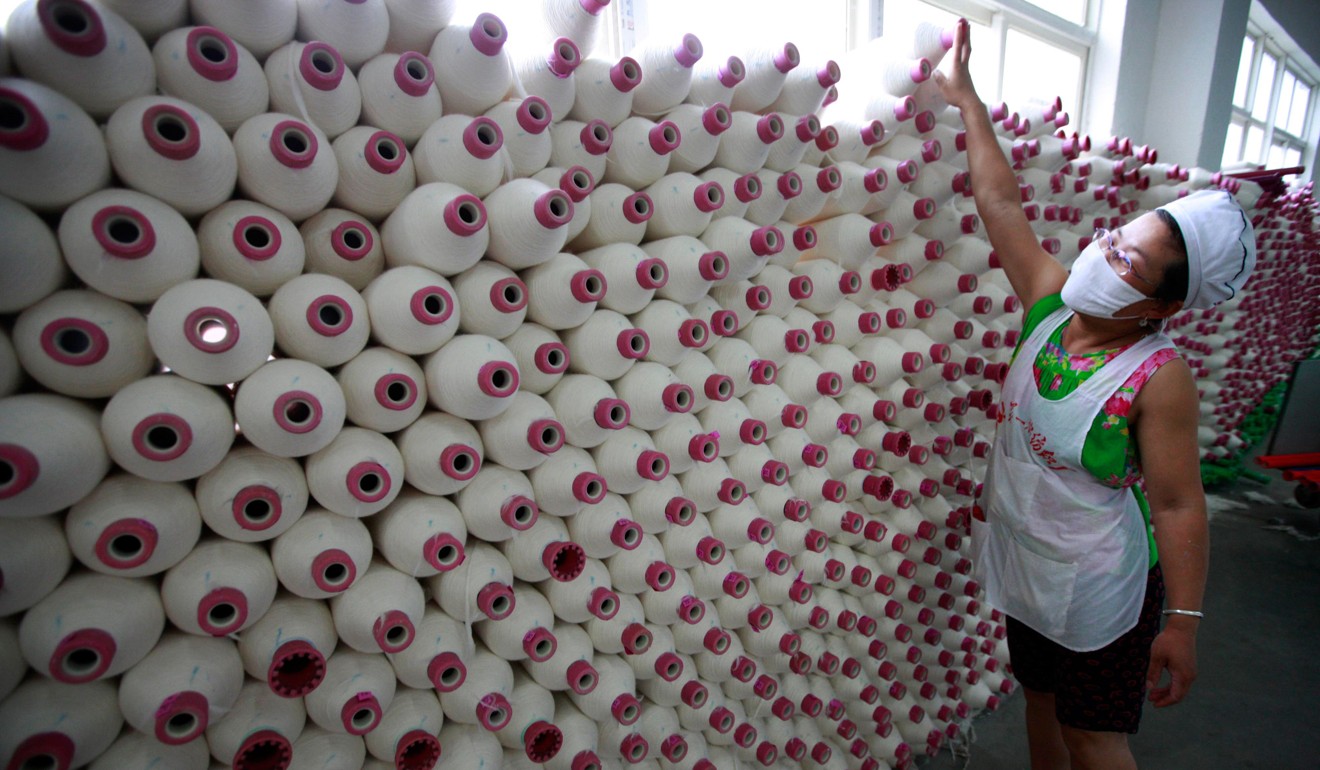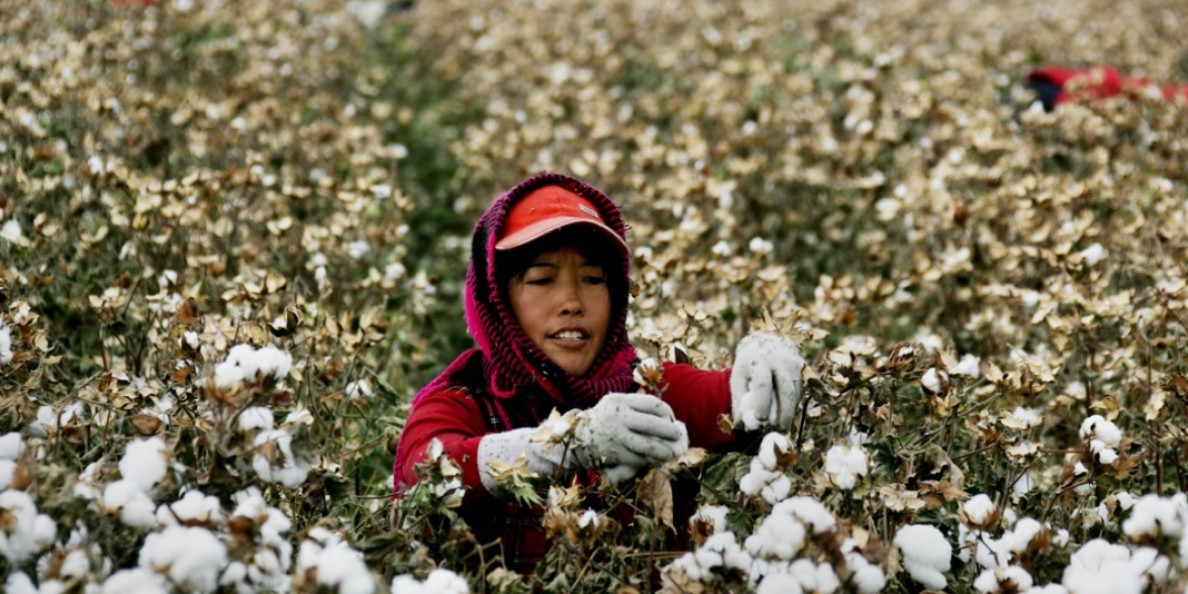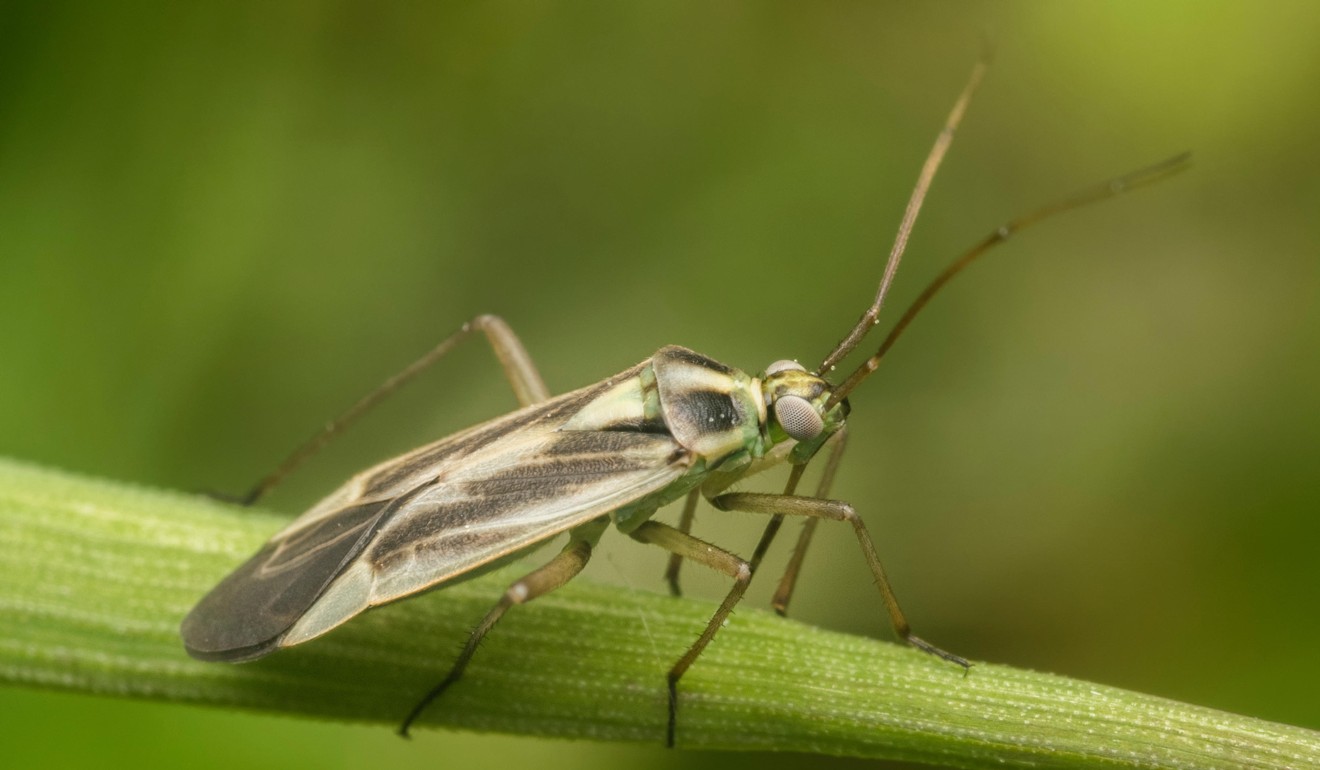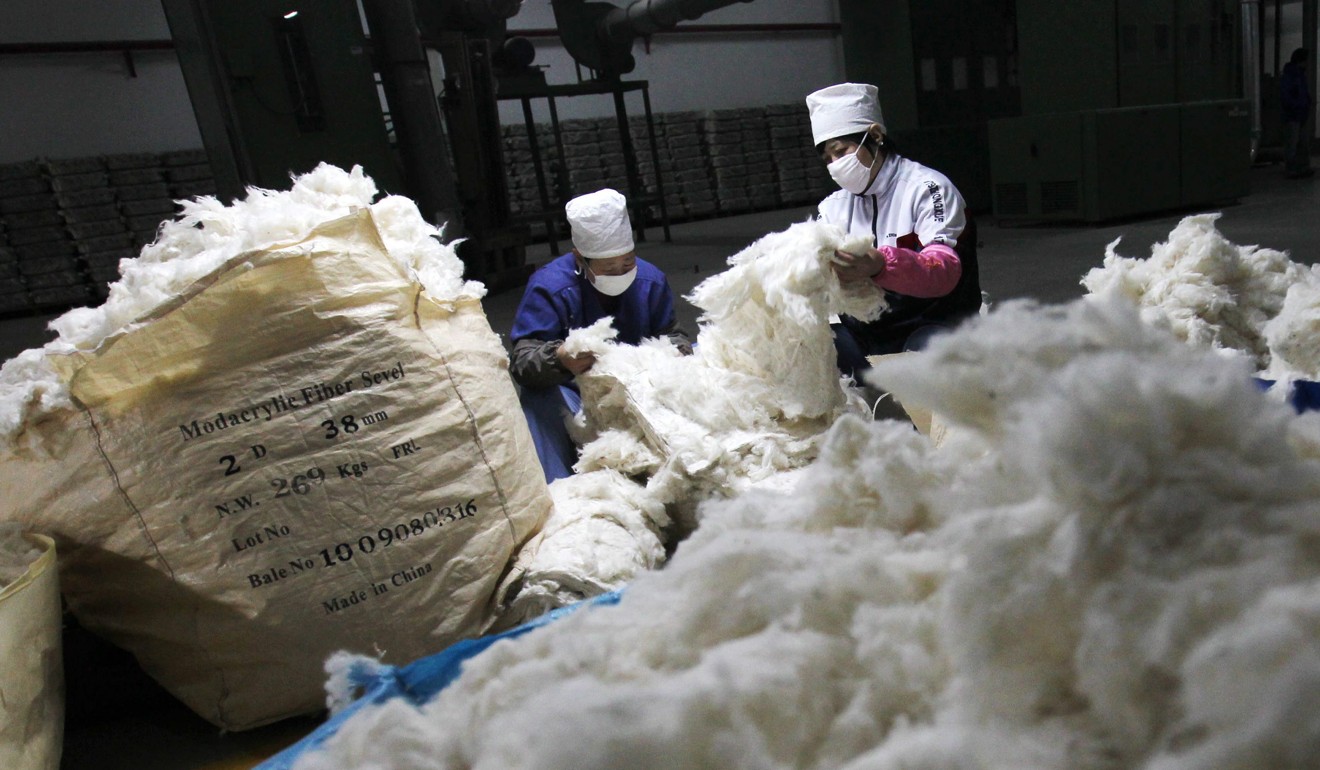Over two decades, as farmers of China’s largest cash crop have used a strain of cotton that’s resistant to bollworms, another, more voracious pest has been able to thrive
The observations on the mirid bug came as part of a massive study that was undertaken to assess the long-term impact of different factors – among them, landscape complexity, insecticides and weather – on pest control in the Chinese cotton industry.
The study, financed by British and Chinese grants, examined three major cotton pests for 51 counties in China from 1991 to 2015, the largest database collected so far. It found that the number of mirid bugs in those areas was generally higher in years with higher May temperatures.
“One of the policy implications is that weather is an important driver of the system, and the projected climate warming could heighten pest outbreak risks,” said Wei Zhang, the lead researcher of the study and a research fellow with the Washington-based International Food Policy Research Institute (IFPRI), one of the centres operated by the Consultative Group for International Agricultural Research (CGIAR).
The study confirmed findings from an earlier paper, published in Science in 2010, by scientists at the Chinese Academy of Agricultural Sciences which also attributed a rising incidence of mirid bugs to China’s adoption of Bt cotton and the associated reduction in insecticide use.
China’s farmers started growing Bt cotton in 1997, with all eight provinces represented in the study achieving full adoption of the GM crop by 2015.
“The results are alarming because unlike cotton bollworm, mirid bugs exploit a wide variety of crops, including fruit trees and more than 200 other host species,” Zhang said.
The mirid also thrives in warming weather conditions, and over the 24 years of the study, China’s monthly average temperature in May rose 7.08 per cent, from 12.99 degrees Celsius (55.38 degrees Fahrenheit) in 1991 to 13.91 Celsius (57.03 Fahrenheit) in 2015, according to data from Climate Change Knowledge Portal provided by the World Bank.
Between 2020 and 2029, the World Bank projects, May’s average temperature could rise further, to 14.11 Celsius (57.39 Fahrenheit).
“Weather is gaining its momentum as an important threat [to cotton production in China],” said Zhang. “Policymakers need to consider the impact of climate change on pest management.”
As researchers noted, the study highlighted how changes in an environment carries the potential for unexpected consequences. One that could not be anticipated is what the mirid bug might mean as China’s trade war with the US increases the drive for competition.

Cotton is China’s prime cash crop and the country is one of the world’s biggest cotton producers, a close second only to India, according to US Department of Agriculture statistics.
China’s cotton production is forecast to be 6 million tonnes in the current crop year of 2017/2018, accounting for 21.75 per cent of the world’s total production, according to USDA estimates. The figure for India is 6.2 million tonnes, accounting for more than 22 per cent (22.47 per cent) of total production.
Moreover, the industry is a leading employer in China, with around 300 million people involved in cotton production in 24 out of 31 provinces, according to a 2015 United Nations report.
As the US-China trade war develops, Beijing is planning to impose a 25 per cent tariff on more than 100 US goods – including cotton.
The United States is the world’s top cotton exporter and China’s top overseas supplier. It shipped more than 500,000 tonnes to China in 2017, USDA and China Textile Information Centre statistics showed.
Tariffs on US cotton would drive up its price and mean less is imported into China, putting even more pressure on the domestic industry to produce – and making the mirid bug threat an even greater concern.




